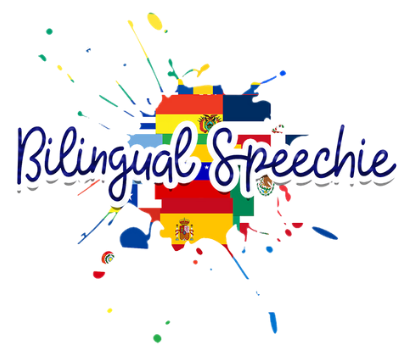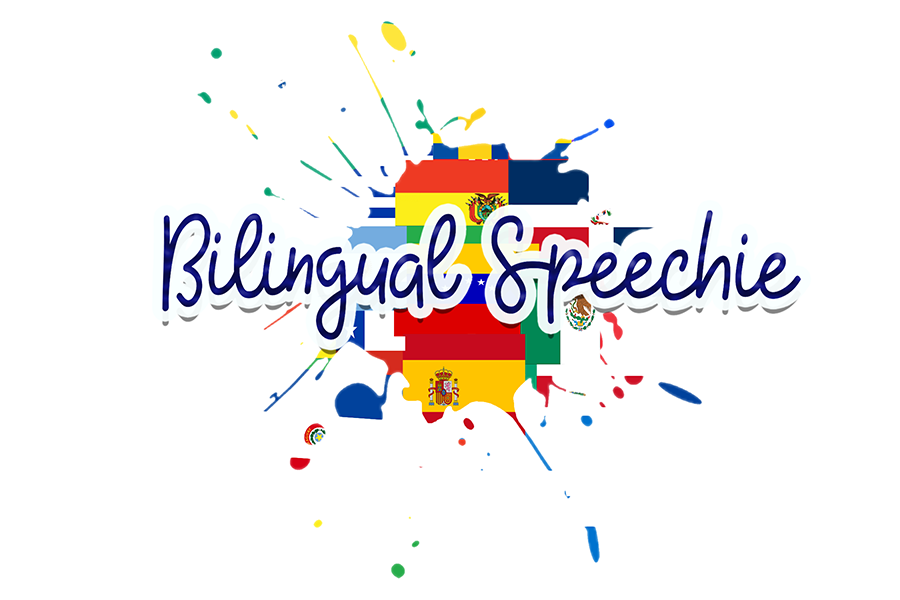por Liliana Diaz septiembre 01, 2020
As the new school year starts, I cannot help but think about my bilingual students and how their language proficiency might have shifted over the summer vacation. You may be wondering, what do you mean shifted? Well, before I can explain how my students’ language proficiency might have shifted, we need to talk about the complexity of bilingualism and the bilingual continuum.
It is important to keep in mind that a student’s level of bilingualism or proficiency in a language can fluctuate over time depending on several factors such as linguistic proficiency, age of acquisition and their daily exposure. One thing that we must be aware of is that bilingualism exists on a continuum. Research on bilingualism has indicated that languages are always active and interact with each other on a daily basis. In addition, per (Valdes 2005), equivalent abilities in two languages are theoretically possible however, this is a rare occurrence. People seldomly develop identical strengths in both languages and dominance in a language can vary based on the factors mentioned above. You can see an example of the bilingual continuum below. By the way, you can download the FREE visual here and see the direct reference to the research article here.
In the visual above, different size fonts indicate different language strengths in language A and language B for different L1 & L2 users. For example, a recently arrived immigrant in the USA might be represented as Ab (dominant in the immigrant language and in the beginning stages of learning English). If you are bilingual, think about where you might fall on this continuum. Has your proficiency shifted over time? What were the factors that contributed to this shift?
Personally, I started off as a monolingual Spanish speaker when I was younger. My parents only spoke to me in Spanish growing up. Therefore, at one point, my proficiency in Spanish would be represented as “A” on the bilingual continuum. As I entered the school setting and I received English-only instruction, my proficiency then shifted from “A” to “Ab” where “A” is Spanish and “b” is English. As I continued my journey throughout the education system, my English proficiency became stronger and I would say that currently my proficiency in both languages can be represented with “Ba.” As you can see, I claim to be more dominant in English. However, my proficiency of both languages can definitely change as an adult if let’s say hypothetically, I were to move to Mexico and only speak Spanish for several months. We need to keep in mind that bilingualism is truly a fluid phenomena; it is not always constant.
Now let’s tie this example to reflect on our bilingual student’s language abilities and how COVID-19 might have played a role on where our students’ may currently stand on the bilingual continuum.
Before COVID-19 occurred, many of my bilingual students were speaking English & Spanish with most students preferring English over Spanish during interactions with peers and teachers. It is often common for students to “prefer” the majority language in the school setting due to the vast of amount of exposure to English during instruction and play interactions (totally normal). Often during speech therapy, several of my students communicated in English with the occasional code-mixed Spanish utterance. I would definitely say that although I was conducting therapy in both languages, I found myself modeling more in English after following my students’ lead in therapy. Suddenly, COVID-19 occurred in February 2020 and by March 2020. We were all required to participate in remote-learning at home.
During the months of March 2020 to June 2020, all of my students participated in remote learning at home. Many of my students come from predominately Spanish speaking households where their parents do not understand or speak English. During this time, my students’ families remained at home due to the mandated stay-at-home order in Illinois. While at home, several of my students did not have exposure to their school peers, several students received academic instruction from their parents in Spanish, several of my students went to live with their grandparents (Spanish only family members) because many parents had to go to work and several families opted to not participate in e-learning activities during those months for several personal reasons. As you can imagine, a sudden halt to the exposure of English communication might play a role in my students’ language proficiency in both languages. Some of my students did participate in 1:1 speech teletherapy with me. During teletherapy and towards the end of May, I started to notice that many of my students were communicating in Spanish with me a lot more than usual. Unfortunately, the school year ended rapidly, and I was not able to continue to observe this change over the summer.
Now we are returning to school and I am wondering whether a language proficiency shift has occurred amongst my students due to the events of isolation that have occurred because of COVID-19. I am curious to find out where my students may fall on the bilingual continuum and how this might impact therapy and/or academic instruction going forward. I can definitely say that I am predicting that some sort of shift will be evident. I also would like to add that if a shift is present, I know that my students will be able to adapt well to the learning environment because bilinguals are capable of code-switching and adapting their language use based on the speaker in which they are communicating with.
I encourage you to think about the students on your caseload. Do you think COVID-19 may have impacted their language proficiency in both languages? Perhaps there will be no impact at all? Whether there is a shift present or not, what are the factors that could have played a role in your students’ language proficiency? I love the complexity of bilingualism! Every student is completely different and the exposure he/she has to each language will build his/her unique profile. Let me know what you think down in the comments below!
Los comentarios se aprobarán antes de mostrarse.
por Liliana Diaz diciembre 14, 2023
por Liliana Diaz julio 23, 2023
Have a client on your caseload that is demonstrating difficulty producing the CH sound? Perhaps you're a parent whose child is in speech therapy working on the CH sound? The CH sound can be a tricky sound to teach because it's hard to visually see what's going on inside the mouth when saying the sound. But no worries, here are some tips to help achieve that tricky CH sound.
por Liliana Diaz febrero 13, 2023 1 Comentario

¡Bienvenidos! ¡Soy Bilingual Speechie y este es mi blog de logopedia! ¡Aquí encontrará recursos y actividades bilingües (inglés y español) para la terapia del habla y lenguaje! ¡Estoy aquí para hacerles la vida más fácil!
Mi nombre es Liliana Díaz-Vázquez y obtuve mi licenciatura en trastornos de la comunicación en 2012 y mi maestría en patología del habla y lenguaje en la Universidad Saint Xavier en 2014.
Soy patóloga del habla y lenguaje bilingüe certificada (SLP) y actualmente trabajo en Chicago, Illinois. ¡Me apasiona trabajar con la población bilingüe! Me especializo en pediatría con niños de edades 1 a 18 años y principalmente trabajo con estudiantes bilingües y hispanohablantes en programas de educación general, programas preescolares y programas de educación especial.
Actualmente trabajo a tiempo completo en las escuelas públicas y a tiempo parcial en intervención temprana. También tengo mi propio blog y creo todo tipo de recursos / actividades bilingües que utilizo con mis propios clientes. Tengo una amplia experiencia en el tratamiento y la evaluación de una variedad de trastornos. He trabajado con niños con autismo, síndrome de Down, deficiencias cognitivas, discapacidades de aprendizaje, apraxia, trastornos de fluidez, trastornos del lenguaje y retrasos en el desarrollo.
Mis áreas de especialización incluyen comunicación aumentativa / alternativa (CAA), desarrollo del lenguaje bilingüe y la evaluación y tratamiento de retrasos / trastornos del lenguaje en niños bilingües.
Soy miembro de la American Speech-Language and Hearing Association (ASHA) desde el 2014, miembro de la Illinois Speech and Hearing Association (ISHA) desde el 2014 y tengo mi licencia en el estado de Illinois.
Además de trabajar con familias y niños, ¡soy un "foodie" de medio tiempo! ¡Sígueme en las redes sociales para ver todas mis aventuras gastronómicas en Chicago!
 Español
es
Español
es
 English
en
English
en
 Español
es
Español
es


Liliana Diaz
Autor